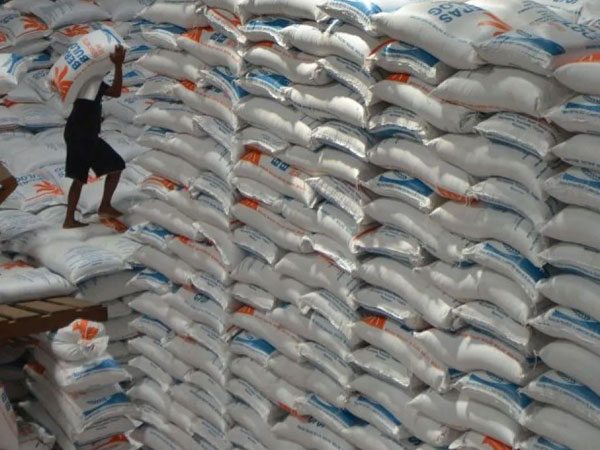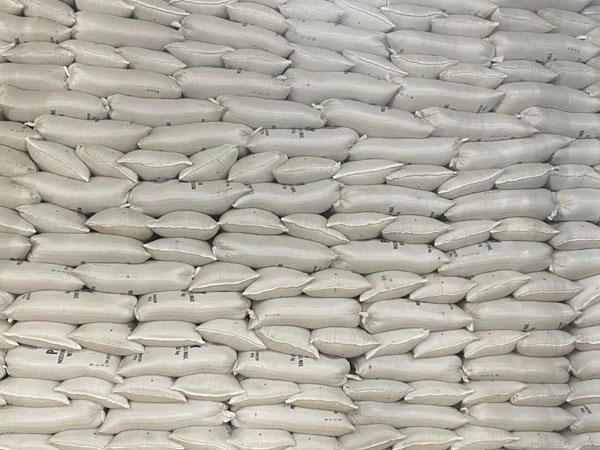Despite the increase in the country’s rice output in the first half, an international agency said this may not be enough to fill the anticipated demand during the Philippines’ import ban, which will kick off on September 1.
The United States Department of Agriculture (USDA) said the Philippines imported over 750,000 metric tons (MT) of rice from mid-September to mid-November in the last two years and that import demand during the import ban is pegged at the same level this year.
“While domestic rice production in the first half of 2025 increased by over 6 percent compared to last year, this growth may not fully offset the anticipated demand during the import ban,” the USDA said.
Figures from the Philippine Statistics Authority (PSA) showed that palay output in January to June grew by 6.41 percent to a record 9.077 million metric tons (MMT) from the 8.53 MMT posted in the same period last year.
The last time unmilled rice production breached the 9-MMT mark in the first half of the year was in 2023, when it reached 9.026 MMT.
“Based on estimated consumption and 2025 [second] semester production, FAS Manila estimates import demand during the period of the temporary ban at similar levels to the last two marketing years,” the USDA said.
Meanwhile, the country’s wet cropping season harvest is expected to begin by mid-August and will peak between September and October.
The international agency said this will provide supply that may be purchased by the National Food Authority (NFA), traders, and millers, contingent on storage capacity and market dynamics.
“With the rice import ban in effect, this harvest becomes even more critical in addressing domestic supply needs, as reduced import availability may intensify pressure on local production to meet demand and stabilize prices.”
President Ferdinand R. Marcos Jr. ordered the temporary ban on foreign shipments of the staple grain for 60 days as part of the government’s efforts to prop up farmgate prices of palay, which dropped to as low as P8 per kilo in some areas.
Industry sources cited the unabated entry of imported rice, whose international quotations have been slashed since world-leading rice exporter India lifted its export ban on non-basmati rice, as the reason behind the steady decline in farmgate prices of unmilled rice.
Based on government data, 2.67 MMT of rice has entered the country as of August 14.
The country’s rice production fell by nearly a million tons to 19.09 million metric tons (MMT) last year, from a record-high 20.06 MMT recorded in 2023 due to El Niño.
Because of the supply shortfall caused by the drought, the country’s rice imports reached an all-time high of 4.8 MMT last year.














© Copyright 2025 The SSResource Media.
All rights reserved.